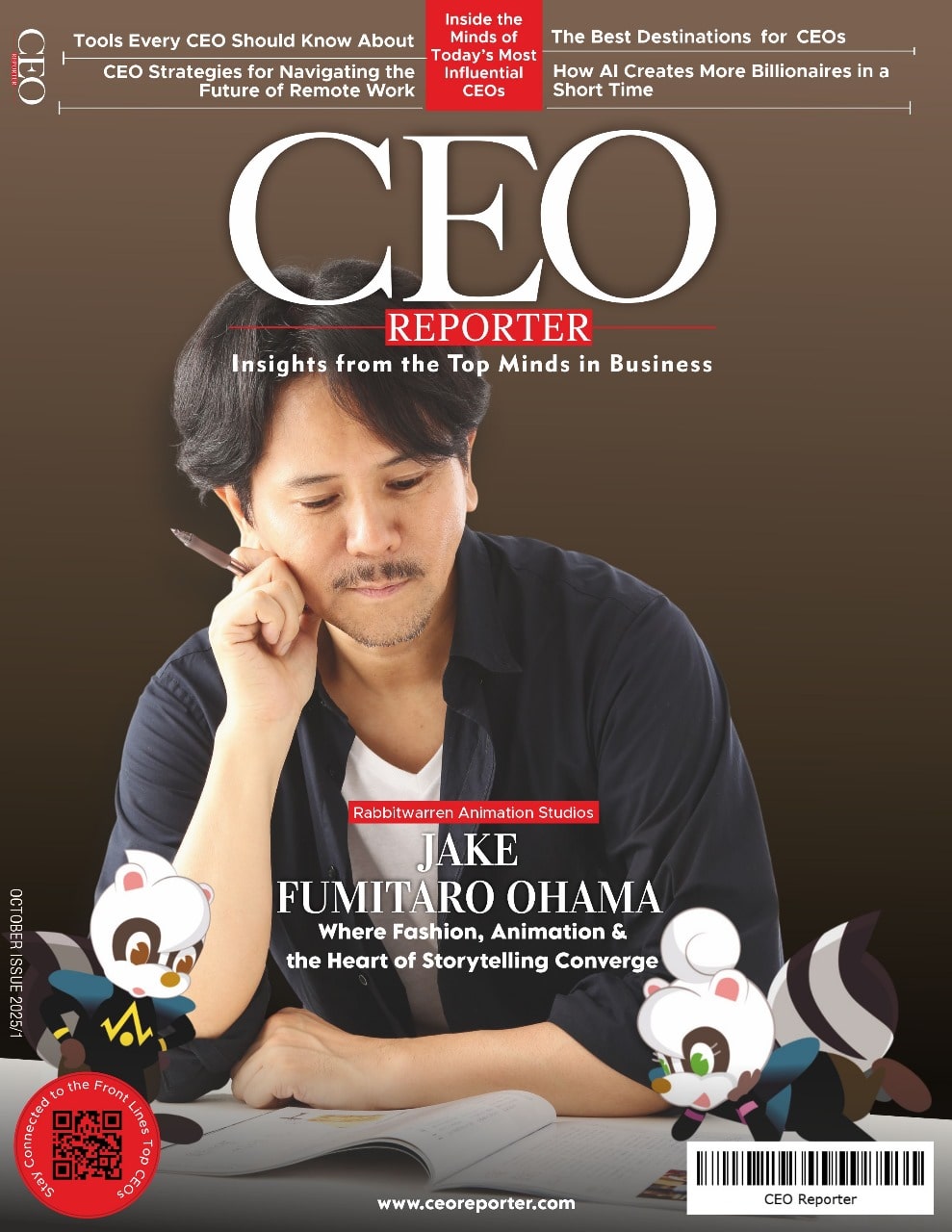PM Narendra Modi to Visit China for First Time Since 2020
Prime Minister Narendra Modi is expected to visit China from August 31 to September 1, 2025, to attend the Shanghai Cooperation Organisation (SCO) summit in Tianjin, marking his first trip to the country since the deadly 2020 Galwan Valley clash. The visit, which includes a prior stop in Japan for the India-Japan Summit on August 30, signals a cautious thaw in India-China relations, strained since the 2020 border skirmish that killed 20 Indian and at least four Chinese soldiers. Amid U.S. President Donald Trump’s 25% tariffs on Indian goods and threats of further penalties over India’s $63.84 billion Russian oil imports, Modi’s trip reflects India’s strategic recalibration to balance ties with Beijing against U.S. pressure. This article explores the context, significance, and potential outcomes of Modi’s visit, drawing on recent diplomatic efforts and geopolitical dynamics.
Background of the Visit
India-China relations plummeted after the June 2020 Galwan Valley clash, part of a broader military standoff along the 3,488-km Line of Actual Control (LAC) in eastern Ladakh, which began in May 2020. The clash, the deadliest in decades, resulted in India losing access to 26 out of 65 patrolling points and approximately 2,000 sq km of territory, per a 2023 Ministry of Home Affairs report. India responded with sweeping measures, banning over 200 Chinese apps, restricting Chinese investments, and suspending tourist visas for Chinese nationals. Anti-China sentiment surged, with protests and burning of Chinese flags reported across India.
Modi’s last visit to China was in June 2018 for the SCO summit in Qingdao, though he met Chinese President Xi Jinping in 2019 for an informal summit in Mahabalipuram, India. The 2020 clash halted high-level visits until October 2024, when Modi and Xi met at the BRICS summit in Kazan, Russia, agreeing on patrolling arrangements along the LAC to end the standoff. This led to disengagement in areas like Depsang and Demchok, marking a de-escalation milestone. Recent steps to normalize ties include resuming the Kailash Mansarovar Yatra, issuing tourist visas to Chinese citizens from July 24, 2025, and discussions to restore direct flights.
Modi’s 2025 China visit follows high-level engagements, with Defence Minister Rajnath Singh, External Affairs Minister S. Jaishankar, and National Security Adviser Ajit Doval attending SCO meetings in China earlier in 2025. The SCO, established in 2001 with 10 members (China, Russia, India, Iran, Pakistan, and others), focuses on regional security, economic cooperation, and counter-terrorism. China, the current SCO chair, will host the summit in Tianjin, with leaders like Russian President Vladimir Putin and Pakistan’s PM Shehbaz Sharif expected to attend.
Geopolitical Context
Modi’s visit occurs amid escalating U.S.-India tensions, driven by Trump’s August 2025 imposition of a 25% tariff on Indian imports and threats of further sanctions over India’s $63.84 billion Russian oil trade, which surged post-2022 Ukraine war. Trump accused India of profiting from “blood oil,” labeling it a “dead economy” alongside Russia, prompting Indian leaders like External Affairs Minister Jaishankar to call the tariffs “unjustified.” India defends its energy imports as critical for domestic stability, noting that the U.S. and EU also trade with Russia (€67.5 billion in 2024).
The U.S. pressure, including a threatened 10% BRICS tariff for “anti-American policies,” has pushed India to strengthen ties with China and Russia. Posts on X, such as from @deepdownanlyz, suggest India is cautiously engaging China on trade to counter U.S. tariffs, while maintaining peaceful borders. China, facing similar U.S. tariff threats, sees an opportunity to soften India’s stance, with Foreign Minister Wang Yi’s planned visit to India on August 18 to discuss border issues. India’s SCO participation also aligns with its multi-alignment strategy, balancing BRICS, SCO, and Quad (U.S., Japan, Australia) engagements to preserve strategic autonomy.
However, challenges persist. China’s support for Pakistan, including during the April 2025 Pahalgam terror attack, and its claim over Galwan Valley sovereignty remain friction points. India’s refusal to sign the SCO defence ministers’ joint communique in June 2025, citing omission of the Pahalgam attack, underscores terrorism concerns. Domestic critics, including on X, question Modi’s silence on territorial losses and warn of China’s broader assertiveness, drawing parallels with its maritime tensions with the Philippines.
Significance of the Visit
Diplomatic Thaw: Modi’s visit, the first since 2018, builds on 2024’s de-escalation, signaling India’s willingness to engage China despite mistrust. Resumed visas, pilgrimages, and flight talks reflect warming ties, though 50,000-60,000 troops remain along the LAC.
U.S. Tariff Counterbalance: Facing Trump’s tariffs and sanctions threats, India’s SCO engagement with China and Russia counters U.S. pressure, reinforcing energy and trade ties. A potential Modi-Xi-Putin meeting could address Russian oil supplies.
SCO Platform: Modi may use the summit to call for action on cross-border terrorism, indirectly targeting Pakistan, whose PM will attend. The SCO’s focus on regional stability offers a stage to address security and trade.
Economic Opportunities: India and China, with a $136 billion trade volume in 2024 (deficit of $100 billion for India), are negotiating to ease business restrictions. Restoring air connectivity and trade could boost ties, though India remains wary of Chinese investments.
Strategic Autonomy: The visit showcases India’s multi-alignment, engaging SCO and BRICS while strengthening Quad ties, as seen in recent India-Philippines defence cooperation against China’s South China Sea assertiveness.
Risks and Challenges
Border Tensions: Despite de-escalation, the LAC remains volatile, with unresolved disputes and heavy troop deployments. China’s claim over Galwan and past violations (660 LAC incidents in 2019) fuel distrust.
Domestic Criticism: Modi faces scrutiny for territorial losses and silence on China’s aggression, with X users like @Swamy39 alleging U.S. and Chinese pressure on India’s foreign policy.
China-Pakistan Axis: China’s backing of Pakistan, including during the Pahalgam attack, complicates India’s SCO engagement, with terrorism a key sticking point.
U.S. Relations: Deepening China ties risks further U.S. tariffs or sanctions, though India leverages Quad and $20 billion U.S. defence deals to mitigate.
Trade Imbalance: India’s $100 billion trade deficit with China and restrictions on Chinese firms remain hurdles, requiring careful negotiation.
What’s Next
The Indian government will confirm Modi’s visit once plans are finalized, with an official announcement expected soon. Wang Yi’s August 18 visit to India could clarify border and trade issues, setting the tone for Modi’s trip. At the SCO summit, Modi may push for anti-terrorism measures, address trade, and explore informal talks with Xi and Putin, though no bilateral with Xi is confirmed. Outcomes could include further border de-escalation, trade agreements, or air connectivity restoration, but deep mistrust and China’s Pakistan ties may limit progress. India will continue balancing SCO and Quad engagements, with Jaishankar’s planned Moscow visit in mid-August 2025 to discuss Russian oil and defence ties. Long-term, resolving LAC disputes and navigating U.S.-China rivalry will test India’s diplomatic strategy, with Modi’s visit a critical step in redefining regional alliances.
Conclusion
Prime Minister Narendra Modi’s expected visit to China for the SCO summit from August 31 to September 1, 2025, marks a pivotal moment in India-China relations, the first since the 2020 Galwan clash that strained ties. Amid U.S. tariffs and pressure over Russian oil, India’s engagement with China reflects a strategic pivot to counter economic threats while pursuing border stability and trade. The SCO platform, with potential Modi-Xi-Putin talks, offers a chance to address terrorism, trade, and security, reinforcing India’s multi-alignment with SCO, BRICS, and Quad. However, unresolved LAC disputes, China’s Pakistan ties, and domestic criticism pose challenges. As India navigates this diplomatic tightrope, Modi’s visit could reshape Asian geopolitics, balancing rivalry with China against cooperation in a volatile global landscape.












